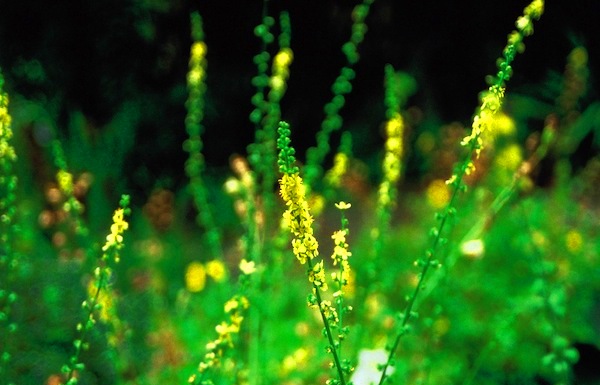Agrimony (Agrimonia eupatoria)
Named after the famous herbalist, Mithridates Eupator VI, King of Pontus (132-63 BC). The name is the corruption of the Greek word ‘argemon’, meaning ‘white speck on the cornea of the eye’. This herb is an ingredient of ‘arquebusade’, a distilled water containing herbs that was traditionally used to treat wounds.
Other names: Church steeples, cockleburr, skicklewort.
Description and the places it grows in
A perennial herb found in Asia, Europe, North America. Common to hedgerows and country roads.
Parts used
Aerial parts.
Uses
Mild astringent, tonic, diuretic, deobstruent.
Bleeding: Stope bleeding especially excessive menstrual bleeding. In Chinese culture, this herb is used to is stem prolonged bleeding; research shows that it increases coagulation in blood by up to 50%.
Digestion: The tannins in this herb tone the mucous membranes helping them to secrete and absorb, they have a gently astringent action too, and it is an especially good herb to use when treating children.
Liver complaints: Bitter principle regulates liver function. In Germany, cirrhosis of the liver is treated with this herb.
Rheumatism and gout: This herb counters high uric acid levels, and is also a diuretic.
Other uses: Ulcers, stings, and snake bites, conjunctivitis, acute sore throat, diarrhoea in children, cystitis.
Constituents
Tannins, bitter principles, essential oils, silica.
Contraindications
Not to be taken by women who are pregnant.

